After thinking about the allowances we received I tried to find out what common allowances were by looking online. I didn't find much but found this
article
http://www.byoh.com/costestimatingexplained.htm
Do you agree with the figures?
Permits, fees, surveys. (1.5%) Your building inspection department can give you the cost of permits and fees, which vary by locale. Permits in some areas include water and sewer tap-in fees. Permits can be very expensive and time consuming. Your lender will require you to have a vacant land survey and another survey once the foundation is in, called a mortgage survey, which determines where the house actually is placed relative to property lines and setback requirements. (You should get one of these even if you are paying cash and don't have a lender.)You will also have to insure your building project against loss due to fire or other acts of God. Any other costs necessary to get your project started can be included in this category and some guesstimates can be utilized.
Utilities (electric, gas, phone, cable). (1.00%) In some rural areas this item can be very costly, running into thousands of dollars. Check with your local utility companies in advance.
Excavation. (2%) This item will depend on such factors as locale, soil conditions, terrain, and season of the year. Excavating for a basement will cost more than excavating for a slab or a crawl space. Get a written bid.
Foundation. (7%) This item will vary considerably based on factors such as slope of lot and the height of basement walls.
Rough Lumber. (10%) This includes all materials except windows, doors, and roof shingles (although it can include those as well). These are most of the materials necessary to dry-in the house, which means putting up the walls, windows, exterior doors, and roof to make the interior waterproof. A good lumber company will put together this material list for you free of charge because it wants your business.
Rough Labor. (10%) This is the labor required to bring the house to the dry-in stage. After this stage is completed, all other stages can commence, some simultaneously. The best way to contract for this job is by the square foot with the square footage agreed to before you start. Five people will arrive at five different square footage totals, using the same set of plans. Some will vary by 300 square feet or more. Sounds incredible, doesn't it? But I swear that it�s true.
Note: In determining the square footage, houses are measured from outside wall to outside wall, not from roof overhangs. If the house is not easily divided into rectangles for simplifying square footage determination and you can�t figure it out, have the designer do it for you. Ready-made plans generally come with the square footage broken down for you. Use those figures.
Windows and Exterior Doors. (3%) This cost is simple to estimate since you have an exact count. I do not recommend any particular brand, but I do recommend that you visit a couple of building supply companies and compare. Most carry more than one brand. Locally made windows usually are less expensive than national brands and often carry comparable warranties. For special windows such as angular or bay windows, get exact quotes from the supplier. Generally there is no additional cost to install windows (except special or unusual ones), as that labor is included in your carpenter�s framing charge. Be sure it is. Exterior doors are as easy to estimate as windows, and all the same factors apply, including that the labor to install them should be included in the framing bill from your carpenter. Sliding glass or patio doors will be slightly more expensive and may require a separate installation charge, depending on your carpenter. Be sure that the door installer caulks under the threshold thoroughly, using exterior grade silicone or polyurethane caulk.
Roofing. (4%) This is measured and estimated by "squares." A square of roofing is the amount of roofing material required to cover 100 square feet (10 feet X 10 feet). I advise having either your supplier or your contractor do this estimate. They won�t be exact, but may come a little closer than you will, though you might want to make your own calculations and see how they compare. Asphalt-fiberglass shingles are priced according to the guarantee offered by the manufacturer. Fifteen-year shingles will be less expensive per square than 20- or 25-year shingles. It is probably best to go with a better-quality shingle, which will still be more economical than other types of roofing such as cedar shakes or steel panels. Note: The cost of labor to install will depend upon the sub, the weight of the shingle (more durable shingles are usually heavier and therefore more expensive), and the pitch of the roof (the steeper the pitch, the higher the price for labor). The most common shingles for roofing are the 245-pound asphalt variety, and an average roof pitch is about 6 inches rise for each foot of horizontal travel (called a 6/12 pitch).
Concrete flatwork (slabs), garage floors, basement floors. (2%) This refers to smooth finish concrete work, not rough finish as in driveways, patios, and walks. It also involves the use of other materials such as Styrofoam, wire mesh, expansion joints, and polyethylene. Extra site preparation and gravel base installation can also figure in this expense. Your concrete subcontractors can explain this to you. The work is closely inspected by most building departments. Get a bid based on square footage of actual concrete area.
Siding. (6%) Depending on the material used (which may range from brick to vinyl), you can get an accurate bid from a subcontractor that includes the cost of siding materials and any flashing required around windows and doors.
Plumbing. (5%) This bid should include all fixtures such as toilets, sinks, and water heater. It will not include such items as a dishwasher, garbage disposal, washing machine, or other household appliances. If you supply the plumbing fixtures, your plumbing labor bids will be higher to offset the plumber�s loss of profit on the fixtures. If a fixture you supply is defective, you will be responsible for taking care of warranty work, not the plumber. Keep that in mind.
Heating. (4%) Use heating and air-conditioning systems recommended by your local utility company experts. Cost of installation should include proper ventilation for the bathrooms, the kitchen, and the clothes dryer.
Electrical. (4%) In addition to electrical wiring costs, this bid should include all switches, receptacles, wires, panels and breakers, wiring of all built-in appliances, cable and phone wiring, and compliance with codes. It does not include lighting fixtures.
Insulation. (1.2%) Get a bid per local code for minimum insulation. To get the maximum insulation for number of dollars spent, consult your local utility company experts.
Water (Well). (2%) For water tap-in fees, call your local municipality. For a well bid, call a well drilling firm familiar with the area and get a firm maximum bid as well as a drilling price per linear foot drilled.
Sewer (Septic). (2%) For a sewer tap-in fee, call your local municipality. For the price of a septic field, get a written bid from a local contractor who does septic system installation. Note: Alternative types of septic systems for clay soil, high water table, etc. are very expensive but usually doable.
Fireplaces. (1%) Masonry or prefab.
Drywall. (5%) Bids should include labor and materials to hang the wallboard, tape joints, and finish with joint compound (two coats). If you supply the drywall, you won't save any money, but you will be responsible for scheduling delivery, so decide how much your time and stress is worth.
Cabinets. (4%) Bids should include kitchen cabinets and bathroom vanity cabinets, as well as countertops. Labor to install cabinets should be included in the carpenter's trim labor.
Interior Trim. (1.5%) A bid from the lumber supplier should include all interior doors, moldings, closet shelves, and stairway trim. It should also include additional sub flooring (also called underlayment) for carpet.
Interior Trim Labor. (1.5%) You should get a bid to install all the materials for both cabinets and interior trim listed above.
Painting. (4%) First-time house contractors (builders) often skimp on this category by planning to do it themselves. But it is still smart to get an estimate, even if just for the materials. If you are not planning on doing the labor yourself, get a written bid for both labor and materials. If you prefer to do your own labor, remember Murphy's Law # 414: "Do-it-yourself labor takes twice as long and you get half the quality."
Appliances. (1%) In the planning stage, you don�t need the actual models picked out; just a ballpark idea of what you think you will eventually buy. Use a dollar allowance in your estimate that you feel is adequate to get the appliances you want.
Light Fixtures. (1%) Though you probably won�t have your actual fixtures selected, figure an amount that will be enough to cover the costs of all necessary fixtures. You can do this by shopping around at lighting stores, home centers, and online.
Floor Coverings. (4%) Estimate approximate costs for all floor coverings, taking into account varying amounts for wood, carpet, tile, or other coverings. Bids should include labor to install, or get separate installation bids.
Driveway. (1.5%) Depending on the material used, get a bid in writing based on the square footage of the area to be covered. Make sure you agree on the square footage.
Garage Door. (.3%) If you can still afford one, get a price from your local lumber company � with or without operators, installed or uninstalled.
Misc. (7%) Recommended Minimum is 5%.
Other. (3.5%) Decks, Gutters, Patio, Landscaping, Saunas, Pole Barns, etc. Add categories if needed.
Land:
Land is excluded from this construction cost budget but not your total "building budget".
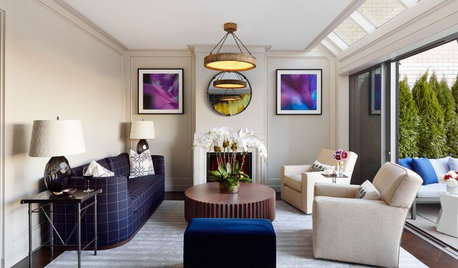
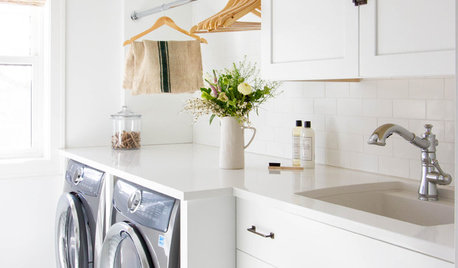

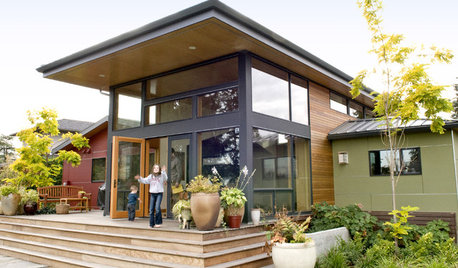
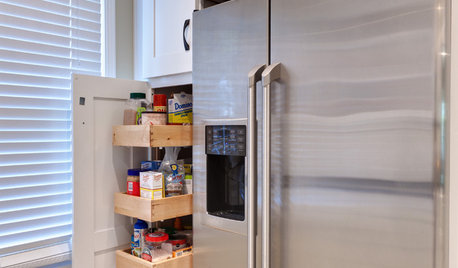
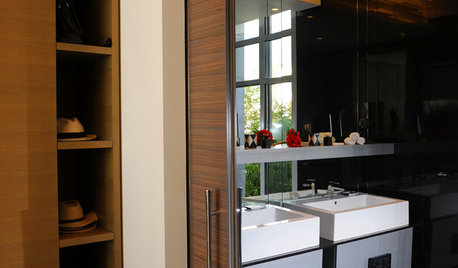
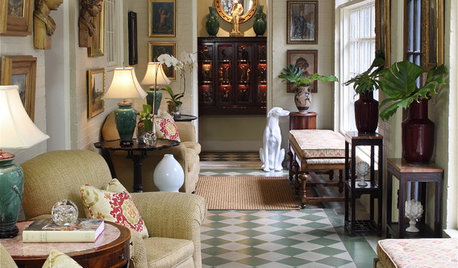
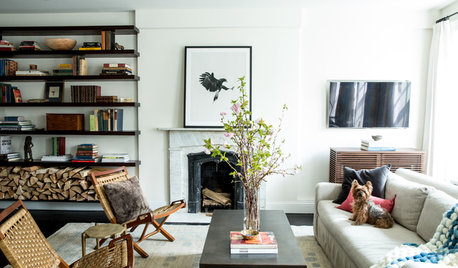
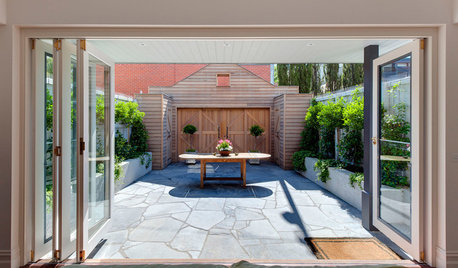
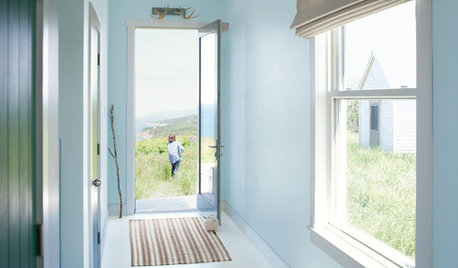







robin0919
chispa
Related Discussions
sharp drainage- how to create it (do you agree?)
Q
Do you agree with this decorator?
Q
Laurel raves about these. Do you agree?
Q
Do you agree this is the wrong wood stain?
Q
david_cary